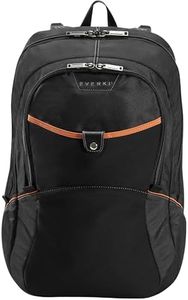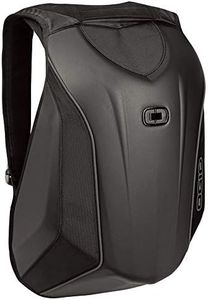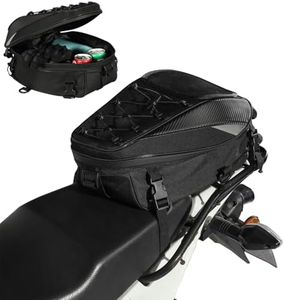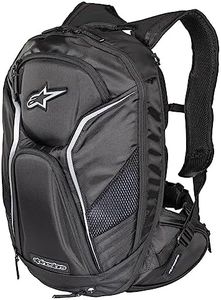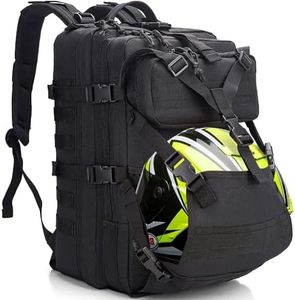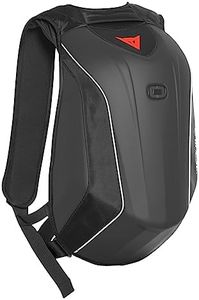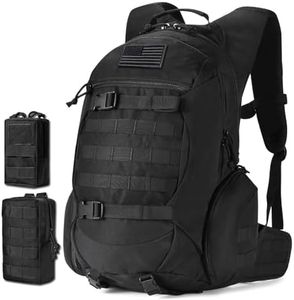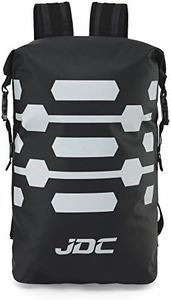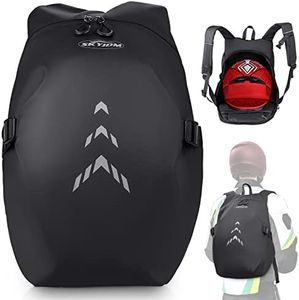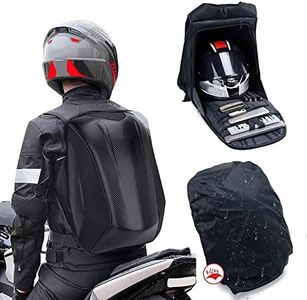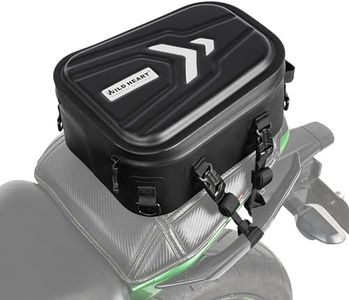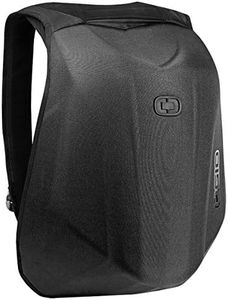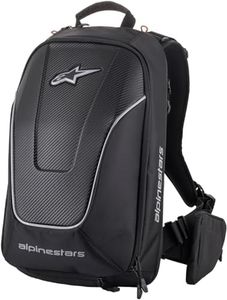We Use CookiesWe use cookies to enhance the security, performance,
functionality and for analytical and promotional activities. By continuing to browse this site you
are agreeing to our privacy policy
10 Best Motorcycle Backpacks
From leading brands and best sellers available on the web.Buying Guide for the Best Motorcycle Backpacks
Choosing a motorcycle backpack means balancing comfort, safety, and practicality for your rides. You'll need to think about how you'll use it—commuting, touring, or carrying gear—and find a bag that fits your needs both on and off the bike. A good motorcycle backpack should allow you to ride comfortably without restricting movement, offer easy access to your essentials, and protect your belongings from the elements. Consider how often you'll be riding, what kind of weather you'll face, and how much you'll need to carry to help guide your decision.Capacity (Volume)Capacity refers to the amount of storage space the backpack provides, usually measured in liters. It's an important spec because it determines how much you can carry, from just daily essentials to larger loads for longer rides or commuting. Smaller backpacks, around 10-20 liters, are great for light loads like a water bottle, gloves, and a few tools. Medium sizes, 20-30 liters, work well for commuting and can hold a laptop or change of clothes. Large backpacks, over 30 liters, are meant for long trips or if you need to carry bulkier items. To pick the right volume, think about your typical load for a ride—choose smaller if you value agility and don't need much, go bigger if you often carry extra gear.
Fit and ComfortFit and comfort mean how well the backpack sits on your body and how comfortable it is during rides. This matters because an uncomfortable or ill-fitting bag can distract you, especially on longer rides. Look for adjustable shoulder straps, chest and waist straps, and padded back panels. Backpacks with ergonomic designs tend to distribute weight more evenly. If you ride long distances, choose a model with lots of adjustments and padding. For short rides, simple straps might be sufficient. Comfort becomes especially critical the more time you spend on your bike.
Water Resistance or WaterproofingThis feature tells you how well the backpack protects its contents from rain or splashes. Water resistance means the bag can handle light rain, while waterproof means contents will stay dry in heavy rain. This matters for protecting electronic devices or clothes. If you ride mostly in dry weather, basic water resistance might be enough, but if you face unpredictable conditions or carry sensitive items, look for full waterproofing or rain covers. Your riding environment and what you usually carry should decide your need for this.
Protection and Safety FeaturesProtection features include things like reinforced shells, hard panels, or built-in armor, and reflectivity for visibility. These features are important as they help protect your belongings if you fall and can increase your visibility to other road users. Light protection is fine for city rides, but if you do a lot of highway riding or carry fragile items, consider a backpack with more rigid panels or extra armor. Reflective strips or panels are ideal if you ride at night or in low-light conditions.
Compartment OrganizationThis refers to how many pockets, dividers, or dedicated compartments the backpack has for organizing your stuff. Good organization makes it easier to access what you need quickly, and helps keep items safe and separate. Simple bags may have just one or two compartments, which are best for riders who pack light or use pouches for organization. More complex packs might have multiple pockets, padded laptop sleeves, or helmet carriers. If you like to keep items organized and accessible, prioritize plenty of well-designed compartments. If you prefer simplicity, fewer pockets may suit you better.
Attachment and Stability FeaturesAttachment and stability features refer to things like extra chest or waist straps, and systems that prevent the bag from shifting while riding. This is important because a shifting backpack can affect your balance or become uncomfortable very quickly. Look for secure stay-in-place straps and stability options if you ride at higher speeds, ride long distances, or move around on your bike a lot. For casual, in-town use, less support might be fine.
